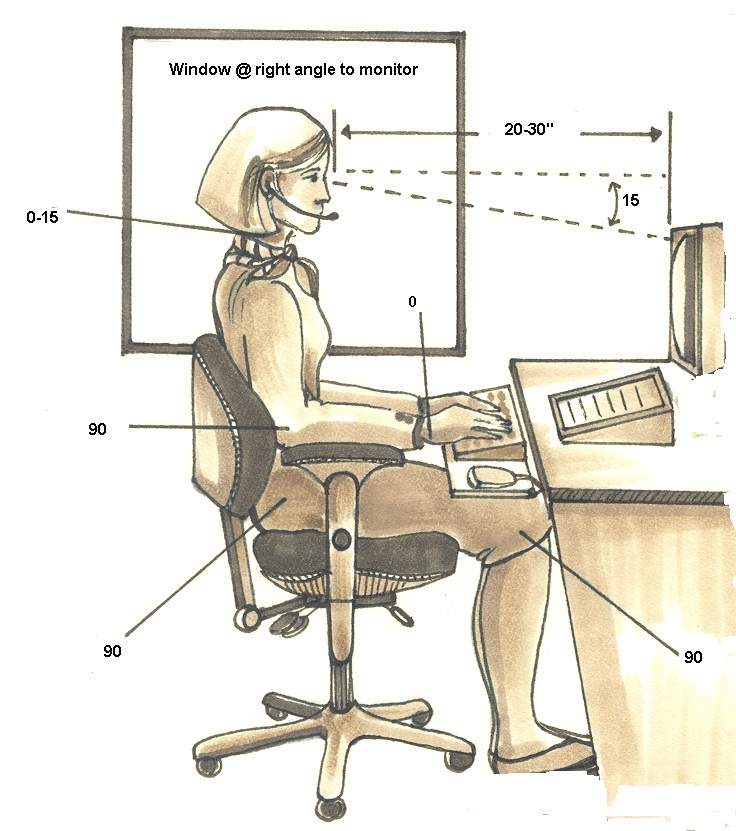Ergonomics is the science and study of work, work methods, and the influences that the work environment has on job performance. Application of ergonomic principles in the design of the workplace can improve a work environment’s safety, productivity, and efficiency. Provided are on-site and virtual work site analyses. Recommendations made during such evaluations may improve working comfort and efficiency. Workforce training on office ergonomics is available, and Employees are encouraged-when offered- to attend a basic training course on Office Ergonomics. The Ergonomics Program also partners with other University groups to promote practices that improve worker health and safety as well as speedy workforce returns from job related injuries. If you would like to schedule a customized ergonomics training program for your area or need an ergonomics assessment submit a request by emailing Marty Dagostino - mda402@uky.edu
